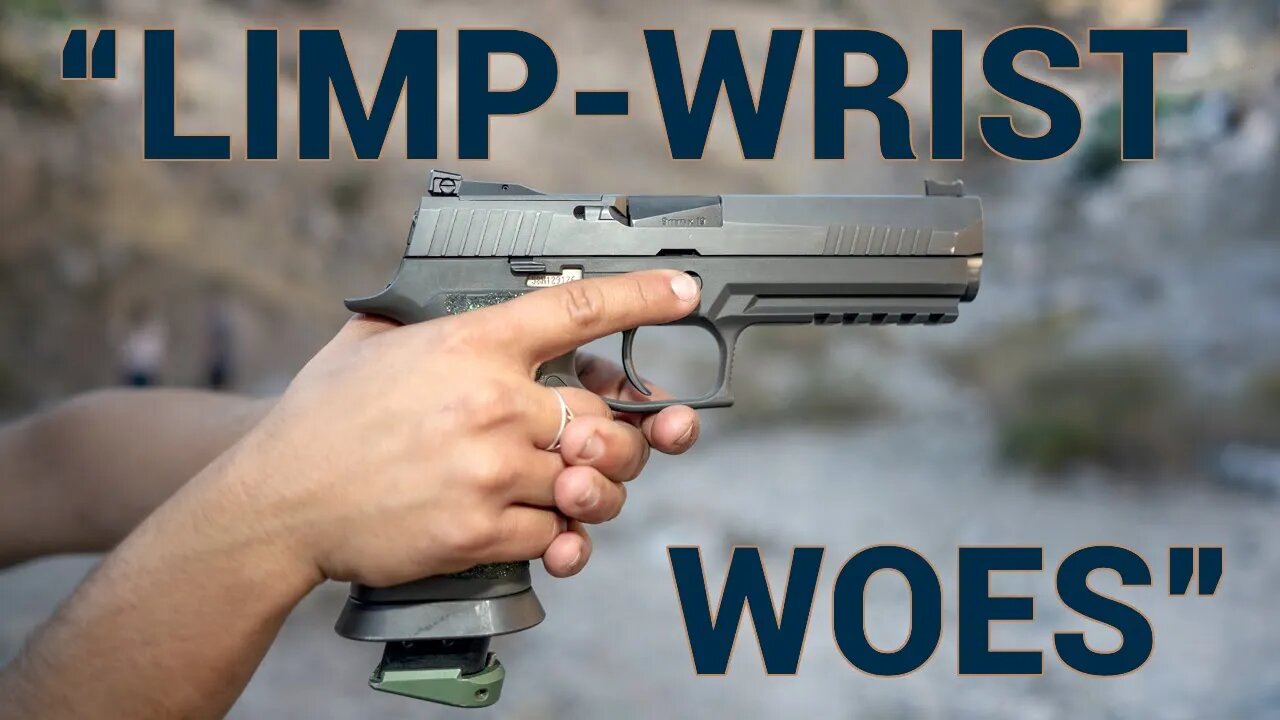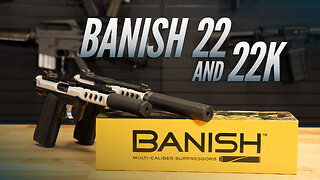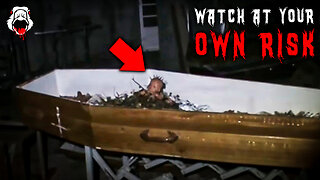Premium Only Content

Pistol Malfunctions: How to Avoid ‘Limp-Wrist Woes’
Many handgun malfunctions come down to simple, fixable shooter errors. Limp-wristing is no exception. In this episode of Shooting Tips & Tricks with Taylor Thorne, we show you how to avoid it.
Limp-wristing happens when the shooter’s grip and wrists are not strong enough to keep the firearm from excessively moving when firing. When this happens, the shooter is letting the recoil of the gun take over rather than managing the recoil.
With a semi-automatic pistol, the slide and spring have nothing to work against. Limp-wristing allows the slide to move with the frame, so it is not able to realize its fully retracted position. This can result in malfunctions such as short stroking the slide, the slide not going into battery, rounds not being able to eject, and failures to feed.
Even if the firearm is not malfunctioning, it will cause more muzzle rise, affecting the ability to stay on target. This is most common among beginners because they are still learning proper technique, but it also happens with experienced shooters. Sometimes learning a new platform or even being tired will result in your technique diminishing.
-
 8:00
8:00
Guns.com
12 days ago $0.97 earnedBanish 22 & 22K
1.09K -
 12:25
12:25
IsaacButterfield
1 day ago $0.16 earnedGEN Z SHOULD BE ASHAMED!
8.41K4 -
 5:13
5:13
BIG NEM
12 hours agoIs AI Coming for Comedians Too?
6.55K2 -
 28:29
28:29
Goose Pimples
1 day ago7 SCARY Videos That’ll Make Your Knees Wobble
77.4K7 -
 52:00
52:00
Uncommon Sense In Current Times
20 hours ago $12.64 earned"Inclusive or Excluding? The Hidden Agenda Behind 'Happy Holidays"
63K10 -
 2:36
2:36
Canadian Crooner
1 year agoPat Coolen | Frosty the Snowman
25.6K5 -
 55:02
55:02
Bek Lover Podcast
20 hours agoAl Qaeda Take Over of Syria Backed by US & Israel? More Strange News...
26.4K6 -
 4:04:32
4:04:32
Alex Zedra
11 hours agoLIVE! New Scary Game w/ Heather
130K3 -
 49:19
49:19
barstoolsports
16 hours agoThe Game is Officially On | Surviving Barstool S4 Ep. 5
177K5 -
 4:33:30
4:33:30
BSparksGaming
12 hours agoYou're Next FAVORITE Rumble Streamer! Hump Day BO6 Grind! #RumbleTakeover
65.6K2